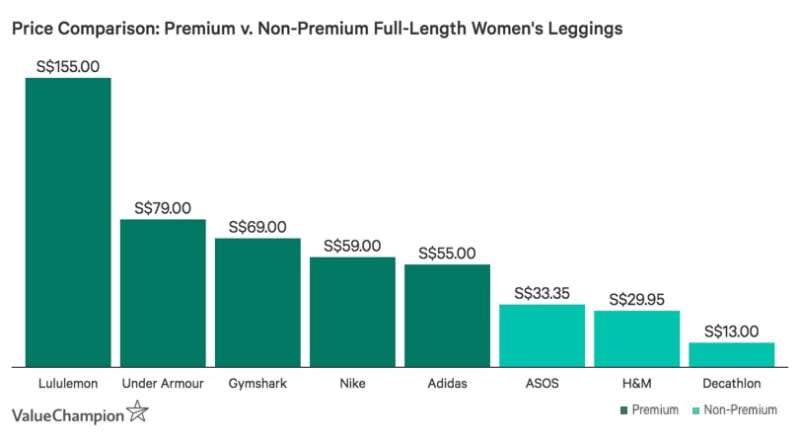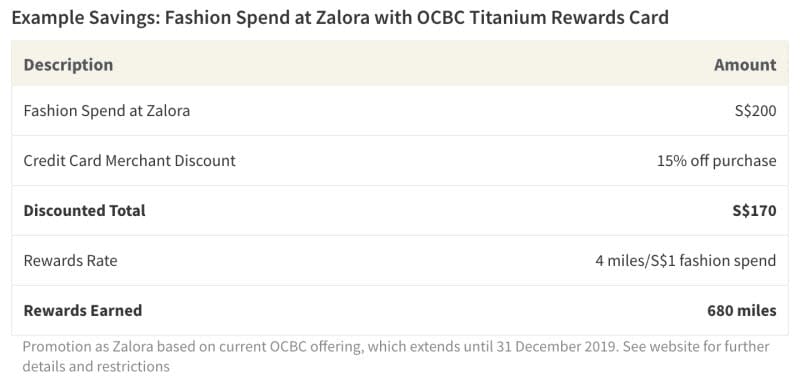Choosing Activewear: Are Premium Brands Really Worth It?

Activewear brands with increasingly high price tags are becoming more mainstream than ever before. With brands like Lululemon charging as much as $150+ for a single pair of leggings, it's easy to question whether premium activewear brands are worth the money. After all, the price difference in comparison to a brand like Decathlon, where tights cost less than $30, is stark. This article explores whether or not a higher price tag equates to better quality workout gear, to help you ultimately decide if such a premium is worth paying.

Premium Brands Provide Entry into an Exclusive Community
According to Maslow's hierarchy of needs, many premium activewear companies help fulfil one of our basic needs: a sense of belonging. Such brands typically have well-defined target demographics and strong followings in specific fitness communities—for example, Lululemon appeals to yoga lovers, and Under Armour to gym-goers. Non-premium brands, on the other hand, often appeal to a much larger consumer base. Choosing a premium brand's activewear apparel, therefore, can build a connection and sense of belonging to a broader collective: people who buy the same activewear products share ways of keeping active and may feel united in fitness goals.
Expensive Brands Can Signal Higher Status
Premium activewear pieces are often co-designed by high-end designers and marketed as fashion-forward. Notable collaborations include Stella McCartney with Adidas, Matthew M. Williams with Nike, and Tim Coppens with Under Armour. The brand recognition offered by designer items–including activewear apparel–offers an indicator of status, playing into a fundamental human need to communicate who you are and how you fit into the social hierarchy. When you wear premium activewear, you're signalling that you're a person who belongs to a higher social status, which in turn, can earn you respect and admiration from others. Research shows that such respect–more than socioeconomic status even–can boost well-being and self-esteem.
It's worth mentioning that non-premium brands also offer stylish pieces in response to market demands, but generally fail in providing strong brand recognition. Nonetheless, consumers who are less concerned with brand prestige may prefer the straightforward value of non-premium gear.
Ultimately, Polyester is Polyester
While premium brands can provide a sense of community and prestige, they ultimately do not significantly differ from non-premium brands in terms of the fabric composition. While higher-end products may tout tech-forward features like "sweat-wicking" and "four-way stretch," the actual product blend is quite similar to non-premium options. Activewear is generally made with a blend of polyester and elastane. Without any scientific studies suggesting that a particular fabric blend is superior, it is safe to conclude that purchasing premium brands over non-premium options for better material quality is not a wise approach. In addition, any non-premium brands–despite a lack of explicit marketing–also offer similar technologically-advanced properties such as "quick-drying".

Conclusion
Ultimately, premium brands provide benefits such as boosting confidence and signalling higher status, but may not offer extra support or quality when it comes down to composition. Style and function are both increasingly important when deciding on athleisure; the balance between the two may determine whether or not a premium price is worth it for you.

If you are fixed on premium, consider using a shopping credit card to offset the expense. Many cards offer discounts with fashionable brands as well as miles rewards for every S$1 spend. While rewards may not fully make up for the cost difference, you'll still get to enjoy your favorite brands at a slightly lower price.
The article Choosing Activewear: Are Premium Brands Really Worth It? originally appeared on ValueChampion.
ValueChampion helps you find the most relevant information to optimise your personal finances. Like us on our Facebook page to keep up to date with our latest news and articles.
More From ValueChampion:

 Yahoo Finance
Yahoo Finance 
